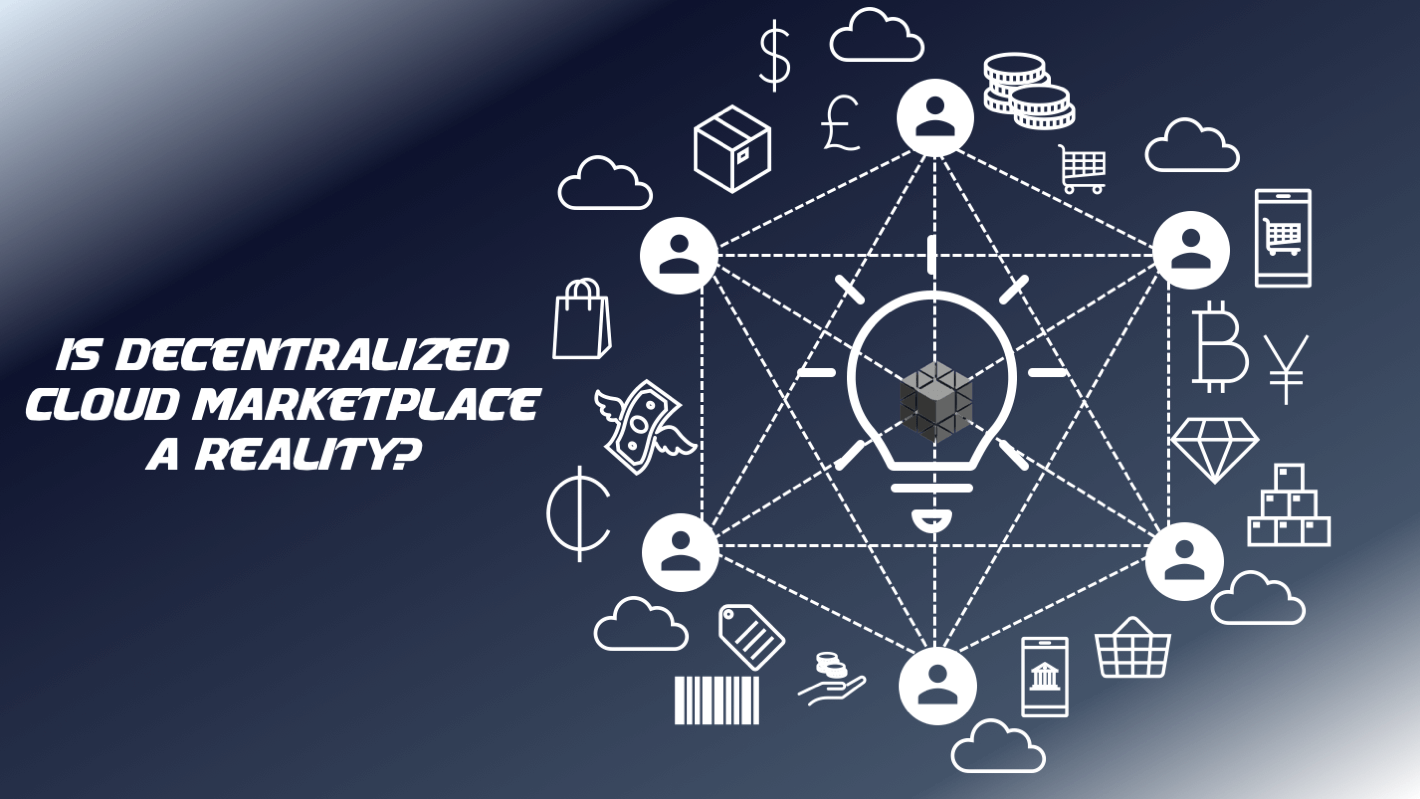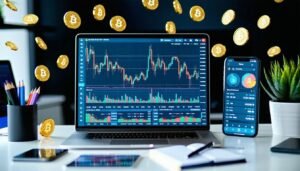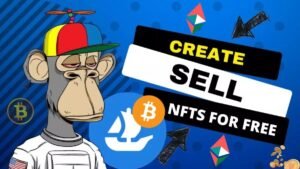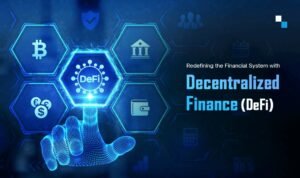In the bustling Web3 world of 2025, where decentralized platforms are redefining commerce, a scrappy startup turned a bold idea into a $5M-valued marketplace in just 11 months. With $15,000 and a passion for fair trade, they created a peer-to-peer platform for artisans to sell globally, bypassing middlemen. This story unravels their journey, offering a simple, step-by-step guide for anyone—entrepreneur, artist, or dreamer—to build their own decentralized marketplace. Ready to reshape e-commerce? Let’s jump in!

What Is a Decentralized Marketplace?
A decentralized marketplace is a blockchain-based platform where buyers and sellers trade directly, using smart contracts to automate payments and ensure trust—no banks or corporations needed. Built on networks like Ethereum, these marketplaces cut fees and empower users. In 2025, they’re surging, with over $30B in annual transactions. This startup’s platform connected artisans with buyers, earning $5M through low transaction fees.
Why build one? It’s a low-cost way to create a fair, global marketplace with massive growth potential.
The Startup’s Journey: From $15,000 to $5M
In December 2023, a duo—a social entrepreneur and a blockchain coder—with $15,000 in savings, dreamed of a marketplace for artisans to sell crafts directly. By November 2024, their platform had 25,000 users and a $5M valuation. Here’s how they turned vision into victory.
Step 1: Spotting a Market Gap
The team noticed artisans faced high fees on platforms like Etsy. They envisioned a decentralized marketplace where sellers kept more profits. They researched competitors on CoinDesk and validated the idea on Reddit Web3.
- Problem: High fees and limited reach for artisans.
- Solution: A blockchain platform with 1% fees and global access.
- Target: Artisans and eco-conscious buyers.
This niche focus set them apart.

Step 2: Mastering Blockchain Basics
The entrepreneur, new to blockchain, learned essentials:
- Smart Contracts: Studied Solidity via Solidity Docs.
- Web3: Explored tools on Alchemy.
- Marketplaces: Analyzed platforms like OpenSea on Dapp.com.
Four weeks of free courses enabled them to guide their coder effectively.
Step 3: Designing the Marketplace
The platform used two smart contracts for efficiency:
1. Transaction Contract
Automated payments and escrow, ensuring secure trades.
2. Profile Contract
Managed seller profiles and reviews, boosting trust.
They used OpenZeppelin templates and hired a Solidity freelancer from Upwork for $5,000 to code and test on Ropsten Testnet.
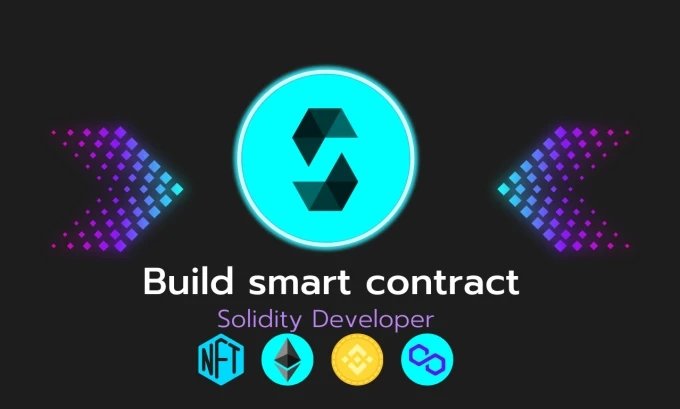
Step 4: Building the Minimum Viable Product (MVP)
The MVP, launched in March 2024, was a basic platform for 100 artisans to sell crafts. They spent $10,000:
- Development: $6,000 for smart contracts and backend via Alchemy.
- Design: $3,000 for a user-friendly UI from Fiverr.
- Testing: $1,000 for 500 beta users from Discord.
The MVP generated $30,000 in sales, proving demand.
Step 5: Raising Funds
To scale, they raised $250,000:
- Pitch Deck: Created on Canva, highlighting MVP success.
- Investors: Secured $150,000 from Web3 angels on LinkedIn.
- Token Sale: Raised $100,000 via a governance token on Uniswap.
By May 2024, funds supported marketing and feature upgrades.
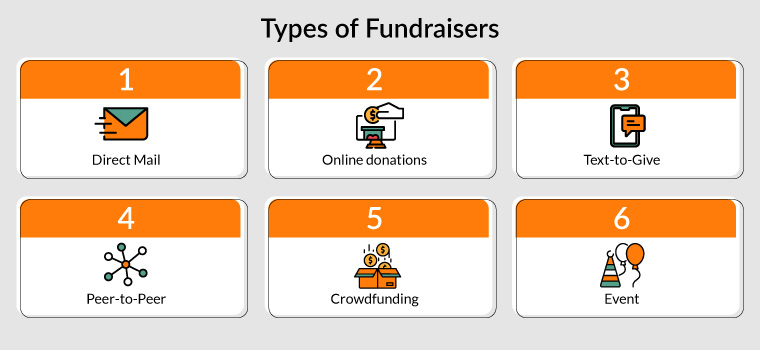
Step 6: Launching and Marketing
The platform launched publicly in July 2024, targeting artisans and buyers. Marketing included:
- Social Media: Shared seller stories on X, gaining 15,000 followers.
- Partnerships: Collaborated with eco-friendly brands via LinkedIn.
- Community: Built a 6,000-member Discord server with AMAs.
By August 2024, the platform had 10,000 users and $1M in transactions.
Step 7: Scaling to $5M Valuation
In 2025, Web3 adoption soared, with Ethereum at $8,300. The team scaled by:
- New Features: Added NFT certifications for crafts via Chainlink.
- Global Expansion: Targeted Latin America and Africa via X.
- Security: Audited contracts with CertiK for $6,000.
By November 2024, the platform had 25,000 users and a $5M valuation from 1% fees and token value.
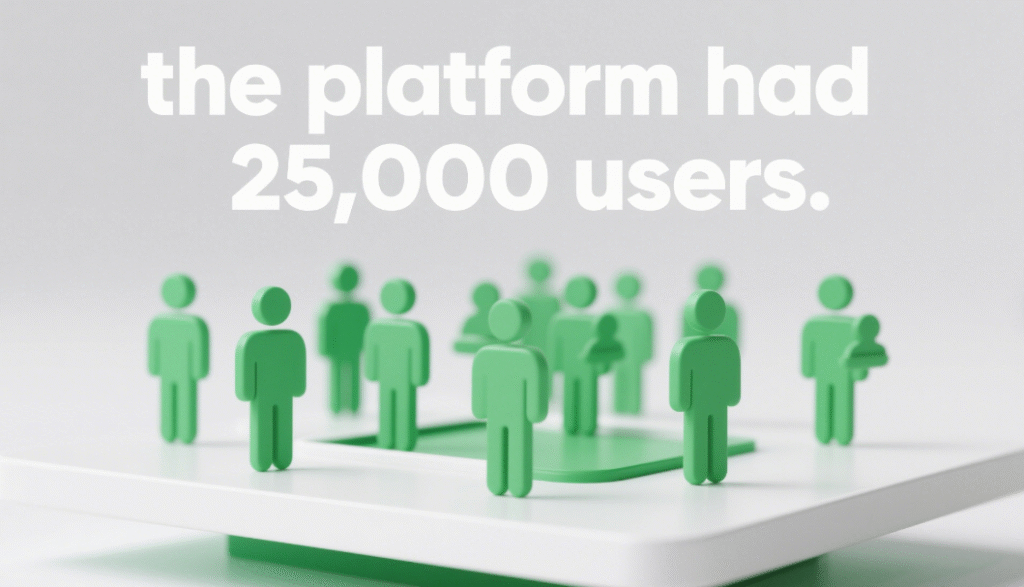
Lessons Learned
Challenges refined their approach:
- UI Issues: Early bugs frustrated users, fixed after Discord feedback.
- Marketing Costs: Paid ads underperformed compared to organic X growth.
- Regulations: Consulted DLA Piper for compliance.
“Obstacles were our growth fuel,” they said.
Tips for Beginners in 2025
Ready to build your marketplace? Start here:
- Find a Niche: Use Dapp.com to spot gaps.
- Keep It Lean: Build an MVP for $10,000-$15,000.
- Engage Users: Grow on Discord and X.
- Secure Code: Audit with CertiK.
Start small, test fast, and scale with trust.
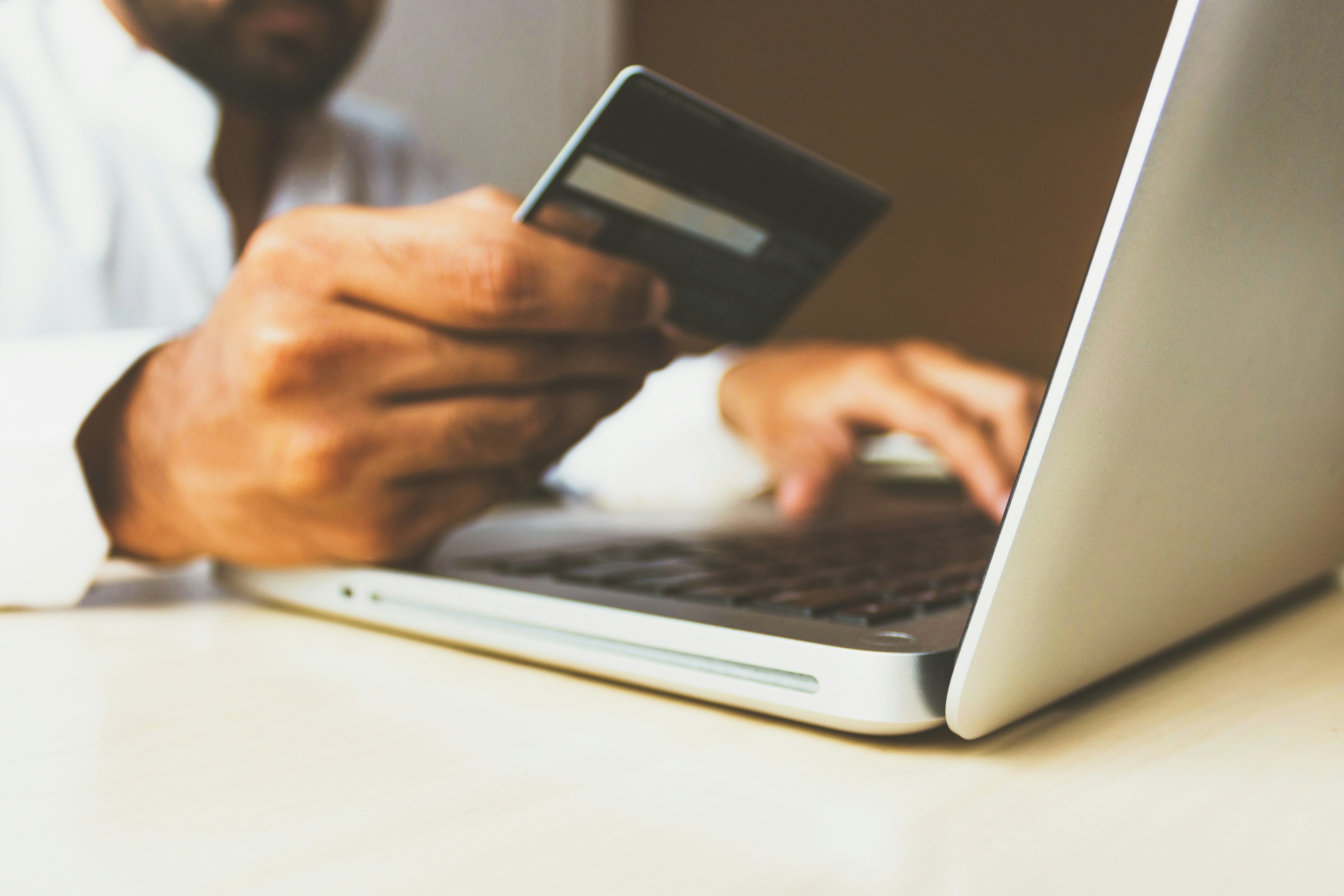
Risks of a Decentralized Marketplace
Building a marketplace has risks:
- Security: Hacks can compromise funds.
- Regulations: Laws may restrict token use.
- Competition: Platforms like OpenSea dominate.
Mitigate with audits, legal advice, and unique value.
Resources for Learning More
Want to create your marketplace? Explore these resources:
- Smart Contracts: OpenZeppelin for templates.
- Web3 Tools: Alchemy for development.
- Market Trends: CoinDesk for insights.
- Communities: Reddit and Discord.
Knowledge drives your marketplace’s success.
Conclusion
From a $15,000 vision to a $5M triumph, this decentralized marketplace empowered artisans and redefined commerce in 2025. By targeting a niche, building a lean MVP, and fostering community trust, the team conquered the Web3 boom. Follow their steps, tap into these resources, and launch your own marketplace. What’s your decentralized idea? Share it in the comments below!

